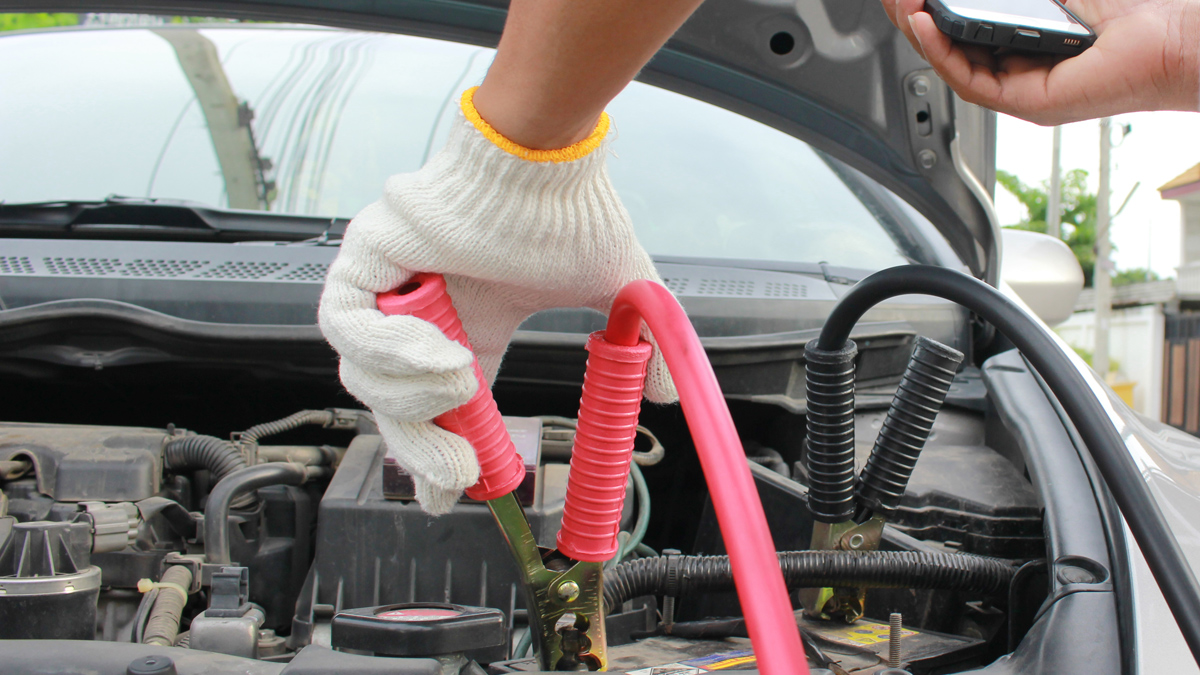Deakin researchers’ breakthrough could see sodium batteries become a reality

Fire up. Picture: Getty Image
Lithium is the go-to material for the current crop of rechargeable batteries that are widely seen as the lynchpin for the renewable energy sector becoming the primary contributor to the global energy mix.
Batteries are generally considered to be required for solar, wind and other renewable energy sources to provide a constant supply of power, or ‘base load power’.
However, scientists have been researching options for other materials to replace lithium with serious effort placed on sodium as a potential replacement.
READ: High Voltage: Battery metals price rally to be ‘higher and longer’ as project delays pile up
After all, while lithium and sodium have similar chemical behaviours as they both have one electron in their outermost shell — check out the periodic table excerpt below that shows sodium sitting prettily below lithium — sodium is way more abundant and easily extracted.

Materials scientists at Deakin University’s Institute for Frontier Materials, in collaboration with researchers from the University of Western Australia and Monash University, have now discovered that super concentrated ionic liquids are key to achieving better batteries for future use.
The new work by ARC Centre of Excellence for Electromaterials Science (ACES) PhD student Dmitrii Rakov, and co-led by Professor Maria Forsyth and Dr Fangfang Chen, could pave the way for the next generation of high energy density batteries.
“This finding is very significant because it explains for the first time why an ideal combination of sodium metal anode and safe, high-performing ionic liquid electrolytes can lead to much better batteries all round,” Professor Forsyth said.
“Advances in science that enable rechargeable batteries to use reactive metals including lithium and sodium as anodes are a key to achieving high energy density energy storage technology; whereas better electrochemical reliability to mitigate safety concerns linked to reactive metals are ongoing and significant global challenges.”
READ: Battle of the batteries: how long lithium will last and what will take over
Sodium batteries have previously experienced issues with reliability, losing energy the first few times that it charges and discharges.
While the team’s work was focused on sodium metal batteries, the findings are also applicable to other advanced batteries including lithium and zinc metal batteries.
The researchers found that super concentrated ionic liquids that contain liquid electrolytes with very high salt concentration can help with battery stability and mitigate “dendrite formation”, which is the growth of lithium metal inside the battery when they are frequently charged and discharged.
“This can cause a short circuit that releases a large amount of heat and can lead to batteries exploding,” Dr Chen said.
Their paper also highlights the importance of the pre-treatment processes in future battery development.
“Applying high voltage pre-treatment achieves more efficient anode operation, leading to longer lasting batteries. Preconditioning protocols are already critical steps in improved battery operation and this research will help to direct the future design of this process,” Dr Chen added.
NOW WATCH: RockTalk: Battery metal stocks and the ‘new energy world’
Related Topics
UNLOCK INSIGHTS
Discover the untold stories of emerging ASX stocks.
Daily news and expert analysis, it's free to subscribe.
By proceeding, you confirm you understand that we handle personal information in accordance with our Privacy Policy.








